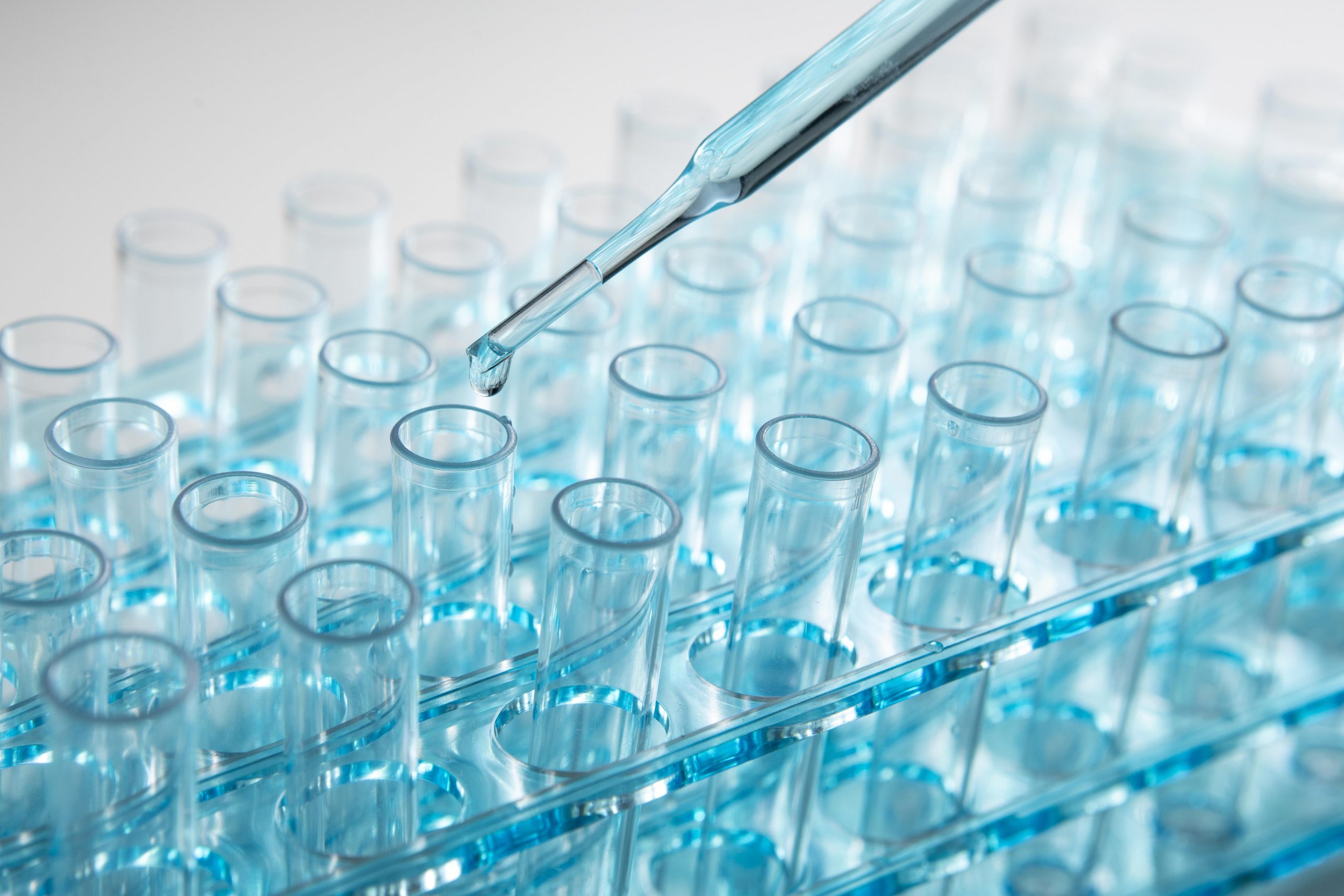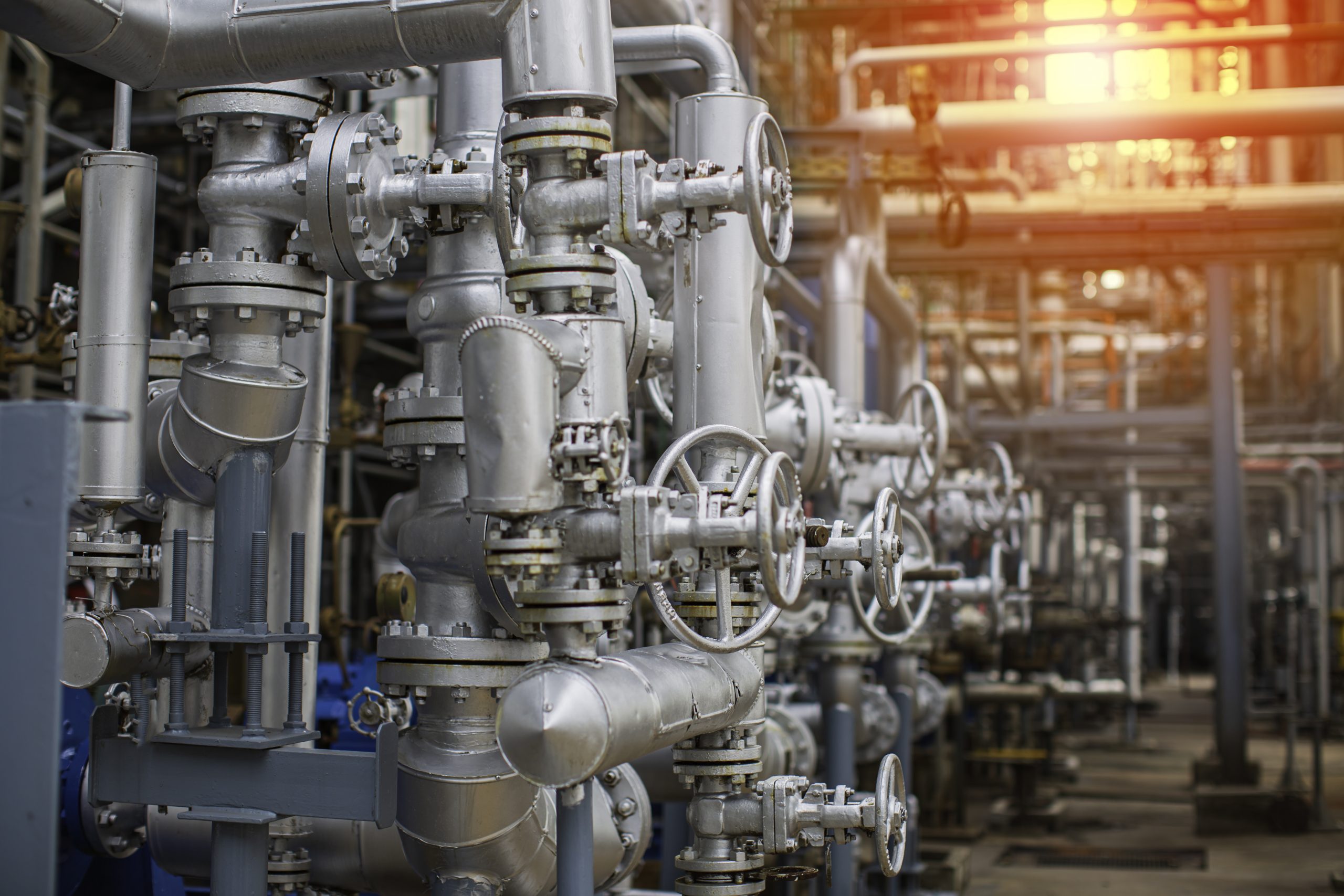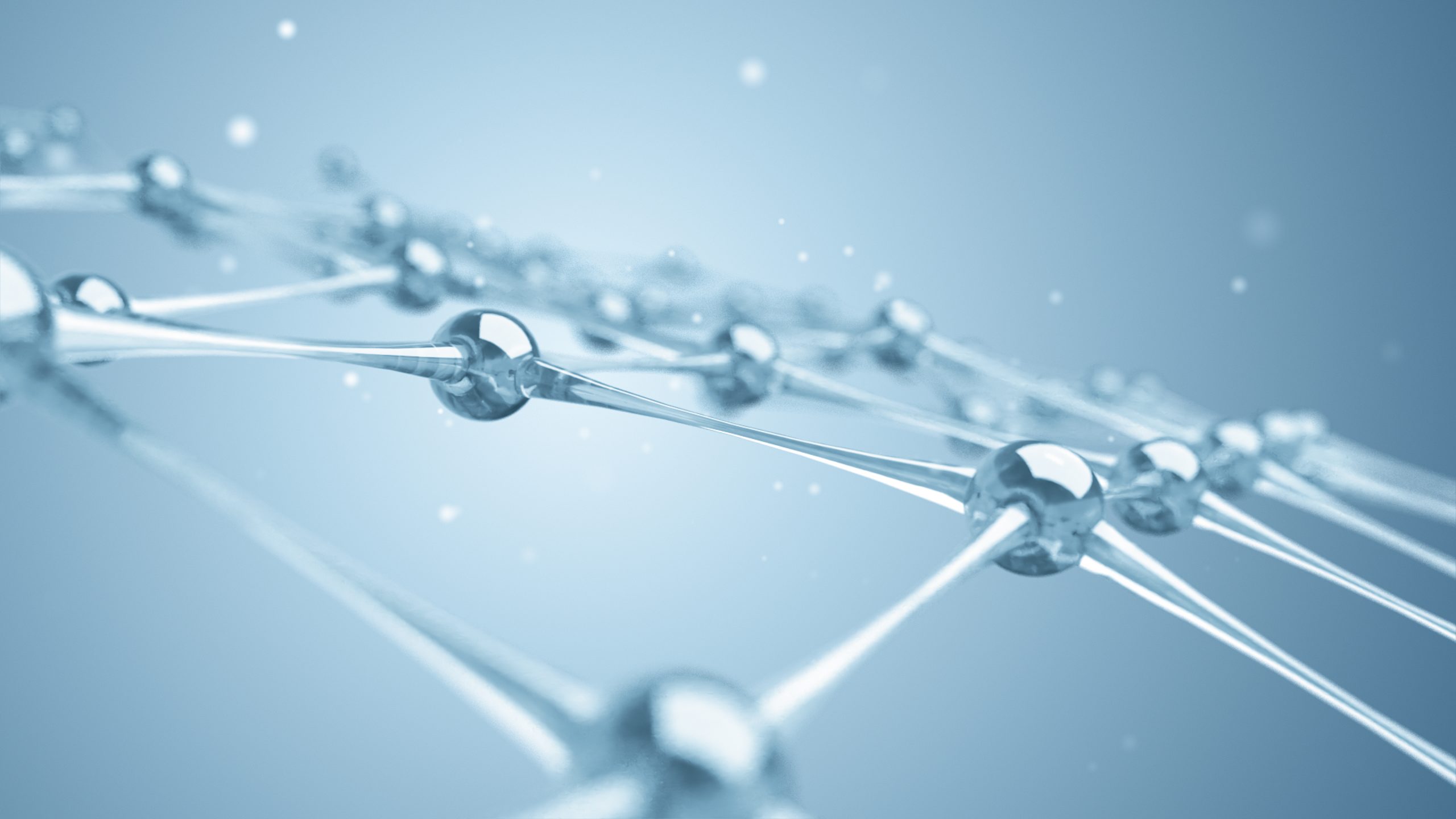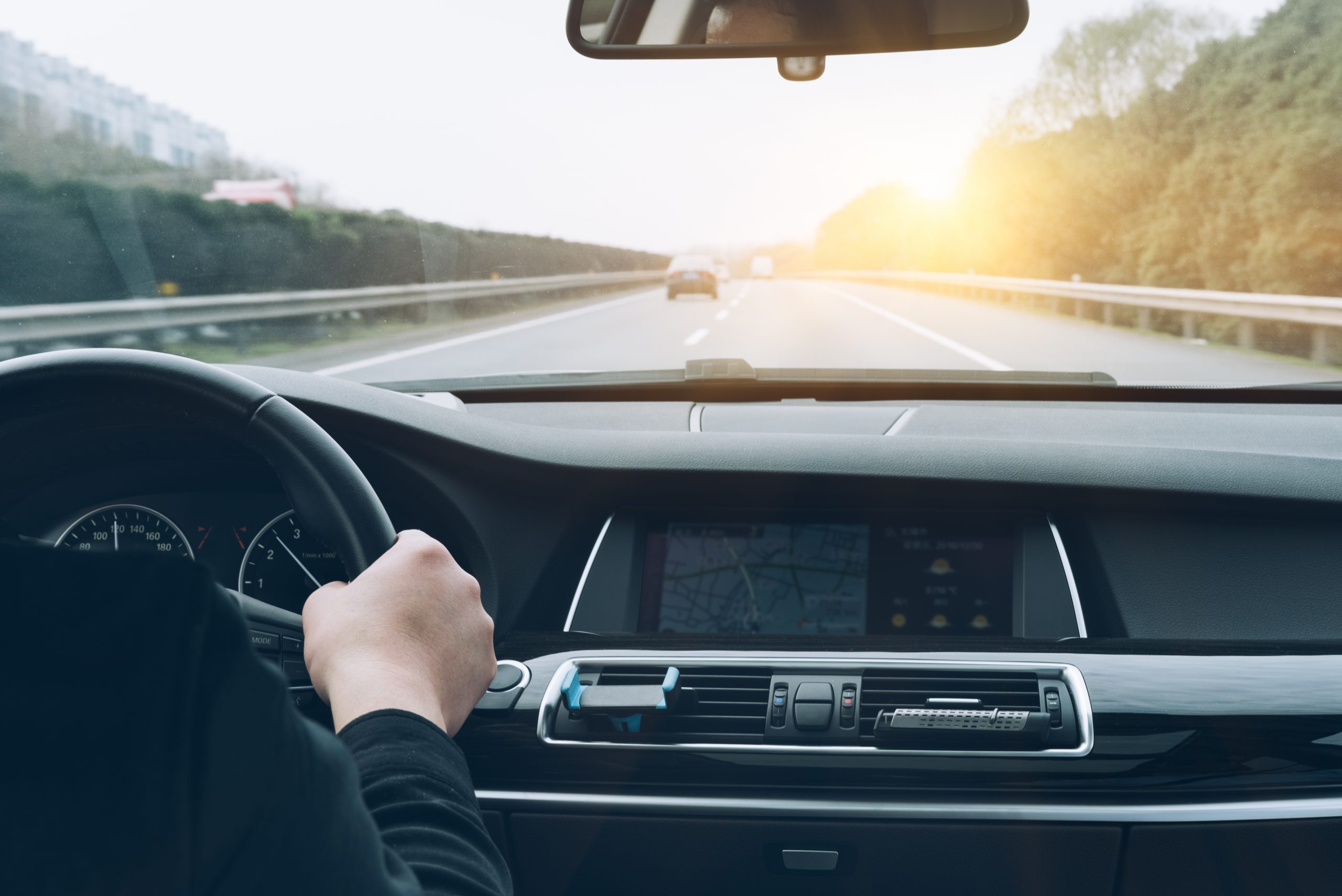Hydrogen
Hydrogen, the emergence of a clean energy
“Native”, “natural”, “white” or “geological”, hydrogen is produced naturally in the ground, without external energy. Natural hydrogen provides an additional solution to the low carbon hydrogen mix.
What is hydrogen?
What are its characteristics?
Abundant
Hydrogen is the most widespread element in the universe, main constituent of the sun and most of the stars.
Natural
Its pure form, di-hydrogen, is being created naturally by chemical reactions in the earth’s crust.
Rarely alone
Hydrogen is mostly associated with other elements to form molecules (water, methane, starch, sugar, alcohol, etc.)
The lightest
It is the smallest and lightest element – 14 times lighter than air – making it highly volatile.
An energy
Natural hydrogen contains 3 times more energy than gasoline.
Non-toxic and odourless
Its pure form, di-hydrogen is invisible, odorless and non-toxic.
The hydrogen market in Europe
H₂ production sources in Europe
No Data Found
Source: economie.gouv.fr, France Hydrogèene (AFHYPAC), IHS Markit, Les Echos
Hydrogen uses
- All
- Hydrogen as a chemical compound
- Hydrogen as an energy vector
- Hydrogen as fuel

Industrial chemistry
Hydrogen is very reactive and therefore combines very easily with other elements to create compounds.
For example, for creating ammonia when being combined with nitrogen, for creating nylon and various plastics, or as a base for fertilisers.

Refining
Hydrogen is used to remove sulfur when refining gasoline to prevent sulfur oxides (SOx) from being released during combustion. These oxides participate in atmospheric pollution and are responsible for certain respiratory diseases.

Methanation
When dihydrogen is combined with CO₂, methane is generated (natural gas). This process, called methanation, has particularly emerged with the development of wind and solar energy, which requires the ability to store the excess electricity produced. This conversion of electricity into gas ("power to gas") can contribute to the energy transition and to a reduction in overall CO₂ emissions.

Electricity
Powered by hydrogen, a fuel cell produces electricity and emits heat and water. In addition to a vector of mobility, this electricity can supply isolated sites, industrial units or even sensitive sites requiring emergency alternative energy.

Storage
Solar and wind power have the disadvantage of being intermittent and sometimes more electricity is produced than the network can accommodate. This excess of electricity can then be used to produce hydrogen, via an electrolyser which will then be converted back into power via fuel cell.

Mobility
The hydrogen used in a fuel cell makes it possible to produce electricity directly in a vehicle powered by an electric motor (car, train, truck, etc.). These "zero emission" vehicles then emit only water.

Spatial
From the beginning of the space industry, hydrogen immediately played an important role as rocket fuel. It is the fuel that concentrates the most energy, a criterion of primary importance as a space launcher must be as light as possible.

Metallurgy
Hydrogen is used in metallurgy for heat treatment atmospheres that make it possible to produce mechanical parts or modify their properties.
Hydrogen and its main production methods
Produced from subsurface
Hydrogen is naturally produced on the planet and is the most abundant element on Earth. Hydrogen extracted from the subsurface is known as white hydrogen or natural hydrogen.
This process differs from all other production methods in that it allows us to benefit from low-carbon hydrogen, at very competitive costs, which requires no water, no anthropogenic energy and no critical raw materials to produce.
It is this kind of hydrogen that 45-8 ENERGY intends to explore and produce.
By steam reforming of hydrocarbons
Most hydrogen consumed today is being produced from natural gas (CH4). The "steam reforming" process breaks down the methane molecule to recover the hydrogen that makes it up using steam.
However, this process also generates carbon dioxide. We call grey hydrogen when the CO2 generated is released into the atmosphere without recovery and blue hydrogen when the carbon dioxide produced is captured et valued.
45-8 ENERGY plans to transform directly on its production sites, any methane fractions that might be associated with helium and natural hydrogen in the subsurface into blue hydrogen.
By water electrolysis
As part of the European strategy for the development of low-carbon hydrogen, initiatives to manufacture hydrogen are being emerging.
This electrochemical reaction, called "water electrolysis", splits water into hydrogen and oxygen using a large amount of electricity.
We call green hydrogen when the electricity used for this process comes from renewable energies, pink hydrogen when it comes from nuclear energy and yellow hydrogen when it comes from solar energy or other sources.
By coal gasification
This is the oldest process used to produce hydrogen on an industrial scale. Gasification converts the carbonaceous elements in coal, both organic and fossil, into hydrogen, carbon monoxide (CO) and carbon dioxide (CO2) through a thermochemical treatment using steam.
The hydrogen is then separated from the other elements by means of specific absorbers or membranes. We talk about black or brown hydrogen, depending on the type of coal used.
This technique is extremely polluting as the CO2 and the CO generated cannot be reused and are released into the atmosphere.
Hydrogen from geological sources for 45-8 ENERGY
45-8 ENERGY has a strong interest in hydrogen of geological origin, originating and generated from the subsurface. We are exploring:
Native Hydrogen
Native hydrogen is produced naturally in the subsurface. Its formation requires no critical materials, no anthropogenic energy and does not impact the available water resource.
Native hydrogen is still little known and yet it appears to be a complementary solution to other low-carbon hydrogen production processes, an essential pillar in the energy transition we are experiencing.
To date, several potential areas have been identified by 45-8 ENERGY. This is the case, for example, with our application for an exploration permit, currently under investigation, in Kosovo.
Local blue hydrogen
In some geological contexts, helium and natural hydrogen can sometimes be associated with methane.
Considering the climatic urgency and the sovereignty regarding the production of strategic resources, 45-8 ENERGY envisages the transformation on site of these possible fractions of methane into blue hydrogen, thanks to the process of “vaporeforming”.
The carbon dioxide generated by this process will be captured and purified to supply local consumer industries (food industry, dry ice manufacturers, fire-fighting, etc.), in a market that is also tight.
To date, 45-8 ENERGY is evaluating this possibility of producing local hydrogen on site, always with the will to co-value the resources (helium, methane and carbon dioxide). This is the case, for example, in Brandenburg with the Guhlen II project, where local blue hydrogen production could be envisaged (if the exploration licence is approved by the local authorities).
Hydrogen in few figures
Source: Opportunities for Hydrogen Energy Technologies considering the National Energy & Climate Plans, Fuel Cells and Hydrogen, 2020
